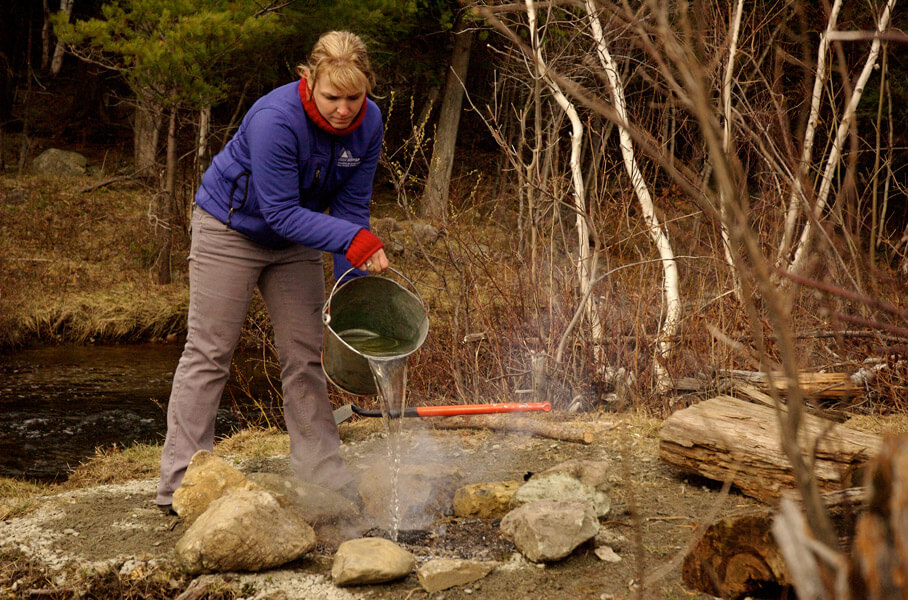Module 1: What Leave No Trace Behind Means
Welcome to the first step in becoming a more responsible, respected off-roader. In this module, we’re diving deep into the heart of what Leave No Trace Behind is all about—because before we hit the trails, it’s important to understand the impact we leave behind and why it matters now more than ever.
🌱 What is “Leave No Trace”?
“Leave No Trace” is a widely recognized set of outdoor ethics that promotes sustainable practices when enjoying nature. Originally developed for hikers, campers, and backpackers, these principles apply just as critically to off-road drivers. Whether you’re in a Jeep, Bronco, Tacoma, 4Runner, or any other rig, the message is the same: Take only pictures, leave only tire tracks—and even those should be minimal.
The Leave No Trace Behind version used by Virginia Off-Road adapts those principles to motorized recreation, focusing on:
Staying on legal and designated trails
Packing out everything you pack in
Avoiding damage to the land, wildlife, and waterways
Respecting private property and public land regulations

🚧 Why It Matters for Off-Roading
Off-roading is not just a weekend thrill—it’s a privilege. With every mile driven off pavement, we either preserve access for others or put it at risk. When trails are misused—trashed, rutted, or expanded by careless drivers—land managers and park rangers notice. And unfortunately, the easiest way to stop the damage is to close the trail completely.
Thousands of miles of off-road access have already been shut down across the U.S. due to irresponsible use. We’ve seen this happen in parts of Virginia too—sometimes because of illegal trail cutting, sometimes due to repeated trash dumping or vehicle damage in fragile areas.
We can’t let that continue.
Responsible drivers must lead the way.
🔧 Off-Roading vs. Destructive Wheeling
Let’s be clear—off-roading is not destructive by default. In fact, done right, it’s one of the most fulfilling and low-impact ways to explore nature.
But when drivers:
Blaze new trails through meadows or around obstacles
Spin tires in creeks and wetlands
Cut fences to trespass on private land
Or leave broken gear, bottles, or food behind
… it becomes destructive wheeling. That kind of behavior not only harms the environment—it paints all of us with the same brush. Even if you’re the most careful, conscientious driver on the trail, what someone else does can affect your access, your reputation, and your opportunities to explore.

🚫 How Poor Behavior Gets Trails Closed
Here’s a hard truth: land use decisions often come from people who never step foot on the trail. They make choices based on reports, photos, and complaints. A single post of someone tearing up a muddy field, driving through a stream, or camping in the wrong spot can go viral and trigger consequences that affect all of us.
When a trail gets closed:
Local economies lose tourism income
Off-roaders lose legal places to enjoy their rigs
Nature doesn’t get the cleanup and stewardship help it actually needs from responsible users like you
That’s why your actions directly impact the entire off-road community—and the future of Virginia trails.
✅ Key Takeaway: What You Do Matters
Every choice you make out there leaves a mark. That can be a scar on the land, or a sign of stewardship. Every rut you dig, every can you toss, every shortcut you make around a puddle—it all reflects back on us as a community.
But on the flip side:
Every trash bag you fill
Every friend you educate
Every time you stick to the designated trail
… you’re part of the solution.
You become the reason trails stay open. You become someone that land managers trust and respect. And most importantly, you help protect the wild places we all love.
📌 Up Next: In Module 2, we’ll get specific: how to pack it in and pack it out, what to carry, and how to make sure you always leave the trail cleaner than you found it.